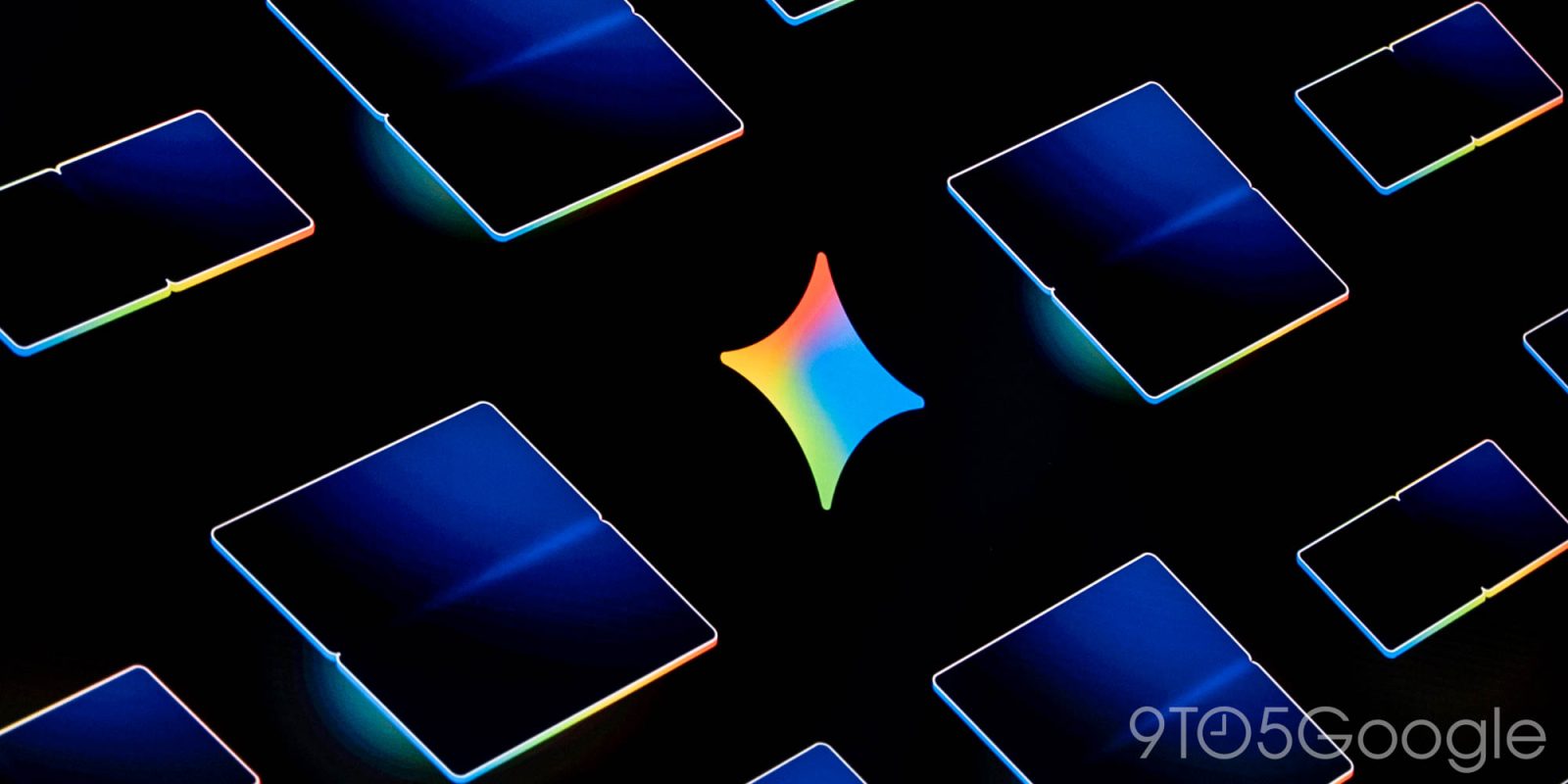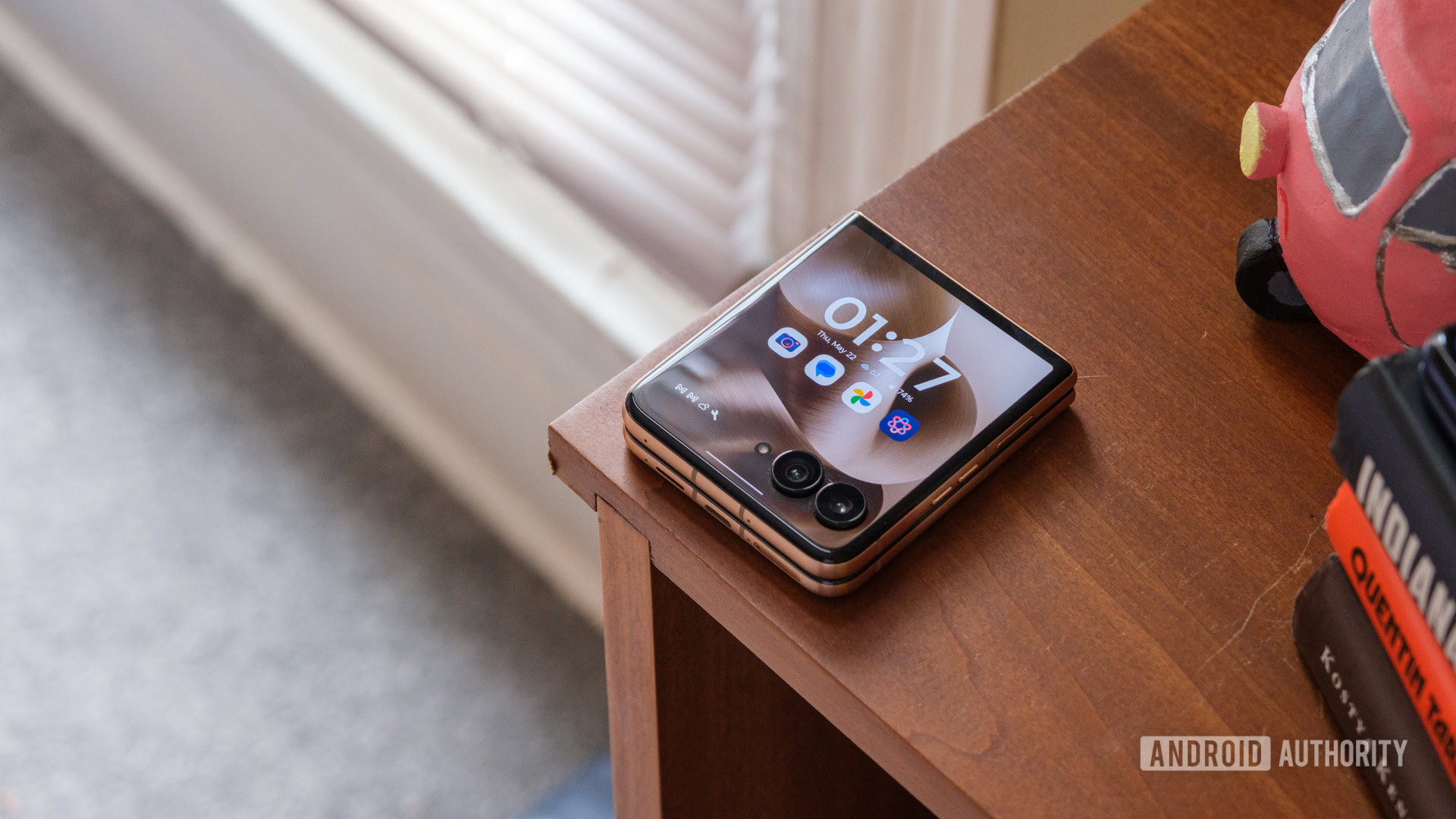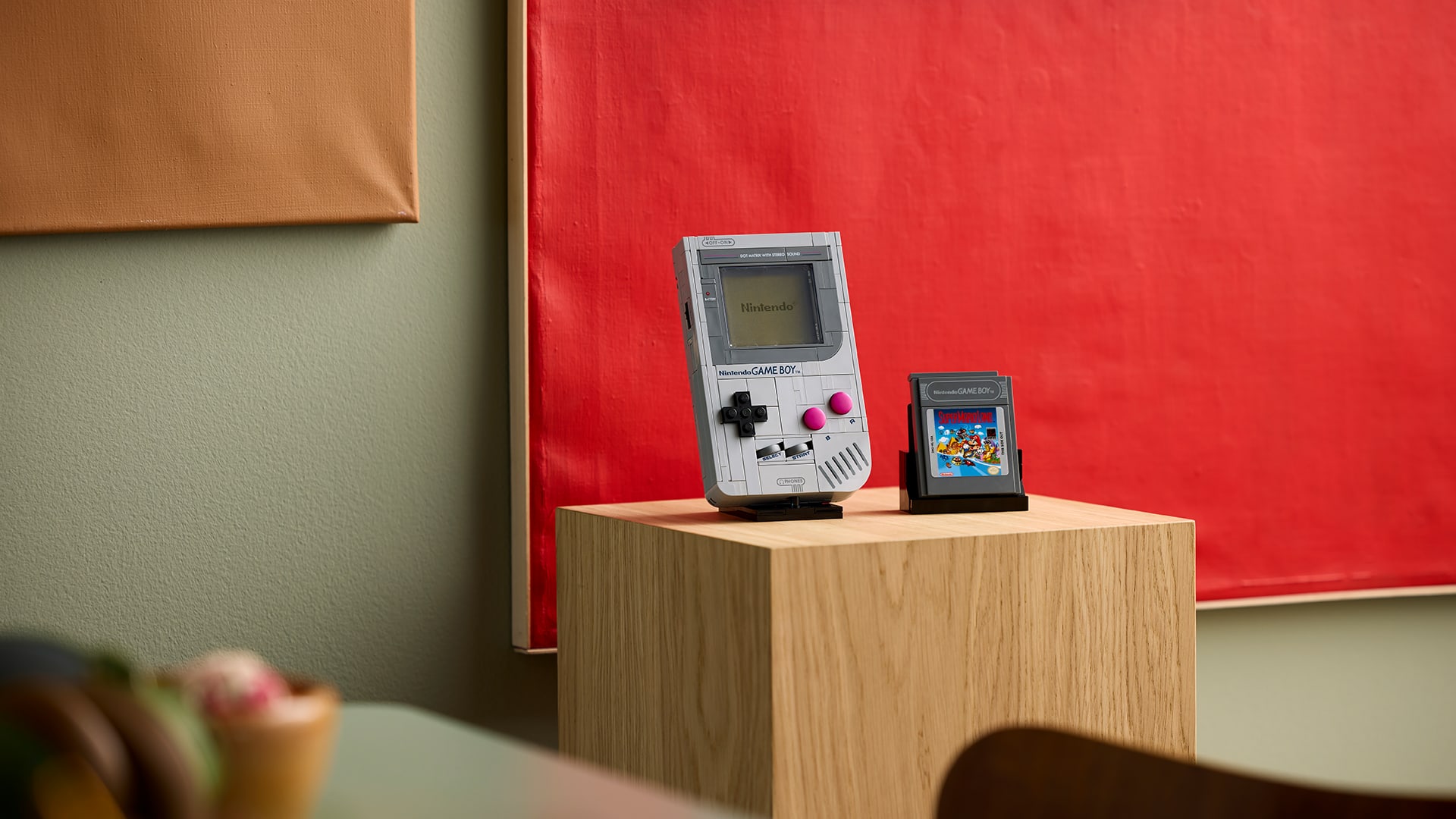Inspired by Apple’s “tetraprism” technology, the iPhone 15 Pro Max features a 5x telephoto camera that enhances photography for users of the $1,199 smartphone. This periscope camera design is becoming increasingly popular among high-end phones.
If you’re not familiar with periscope cameras, let us explain. These cameras ingeniously fit a large telephoto lens into the compact size of a cell phone, allowing you to capture images of distant subjects such as mountains or musicians. They are crucial in gradually improving the versatility of optical lenses.
Cameras are a vital component of many smartphones, as evidenced by the time manufacturers spend highlighting new capabilities at each launch event and the increasing number of lenses on the back of new models. Taking photos and videos is one of the most important aspects of smartphone usage.
Apple unveiled this camera technology at its recent iPhone 15 launch event. While the iPhone 15, 15 Plus, and 15 Pro all boast camera improvements compared to their 2022 predecessors, only the iPhone 15 Pro Max features the new tetraprism-based periscope design.
More from the Apple event
Now, let’s take a closer look at periscope cameras and why they are a great addition to smartphones.
Why did Apple add the periscope camera to iPhones?
The primary reason is to offer iPhone users better photography options. The second reason is to keep up with the competition.
For iPhone photography, a 5x optical zoom is ideal in most situations, equivalent to a 120mm lens on a standard full-frame DSLR or mirrorless camera. Telephoto cameras are useful for capturing images of people at a short distance, such as children playing or musicians on stage. They also enhance natural photography and visual content with extended reach.
Apple’s iPhone 14 Pro features a 3x telephoto zoom, equivalent to a 77mm lens on a DSLR camera. While functional, it falls short compared to the 5x camera on Google’s Pixel 7 Pro or the 10x camera on the Samsung Galaxy S23 Ultra. Although the iPhone is gaining market share from its Android counterparts, its telephoto photography has been a weak point.
How do periscope cameras work?
The main challenge with telephoto cameras is their requirement for long lenses. Overcoming the limitations of optics, physics, and engineering is no easy task.
Periscope cameras, also known as folding cameras, solve this issue by incorporating multiple sides of this length inside the phone. The outer lens resembles a regular phone camera, but it houses a prism or mirror on the back that bends the light by 90 degrees. Apple’s 2016 patent for a “folded telephoto camera lens system” showcases this design.
Prisms are transparent blocks made of glass or plastic that have been used in optical equipment like binoculars or SLR camera viewfinders for many years. High-quality prisms do not significantly degrade image quality.
Apple takes a unique approach with its tetraprism technology compared to Android periscope cameras. Its tetraprism reflects light four times, allowing the company to position the image sensor in the same plane as the other camera sensors. This design likely offers advantages in terms of the electronics surrounding the sensor, such as the image stabilization system developed by Apple to counteract hand shake or camera movement.
Modern periscope cameras provide 5x zoom, equivalent to a 120mm focal length on a traditional camera. Additionally, by utilizing the pixels in the center of the high-resolution image sensor, the Google Pixel 7 Pro can achieve 10x zoom, approximately 240mm, without resorting to digital zoom tricks.
How do periscope cameras compare to traditional cameras?
A periscope camera offers an improved view, but it does not match the capabilities of professional photographers using traditional cameras with smaller telephoto lenses. For instance, a $13,000 7-pound supertelephoto lens is challenging to carry around. In my experience, the 5x and 10x modes on the Pixel 7 Pro were useful for capturing distant birds but not for taking the best photos.
The limitation of periscope cameras is their relatively small image sensors, which struggle in low-light conditions. Larger sensors provide better image quality, but they are more expensive, and the accompanying lenses become bulkier and pricier as the device size increases.
Since we haven’t seen test photos from Apple’s new 5x camera, it’s difficult to assess whether it will outperform its rivals in terms of image stabilization, low-light exposure, lens flare suppression, and other lighting features.
One challenge of periscope cameras is their potential to overshadow medium telephoto cameras. Samsung’s Galaxy S23 Ultra addresses this by combining a 3x standard camera with a 10x periscope camera. High-resolution image sensors like those in the Pixel 7 and iPhone 14 Pro offer 2x the colors they capture. Sony’s Xperia 1 V phone is particularly unique, as it has a real zoom range continuously reaching from 3.5x to 5.2x.
Furthermore, the large main camera of the iPhone 15 Pro contributes to its versatility. Both iPhone 15 Pro models can shoot at various focal lengths, including 24mm, 28mm, 35mm, and 48mm. With such cameras and periscope lenses, smartphones are increasingly approaching the flexibility of traditional cameras.
The New iPhone 15 Series Is Here. Here’s What Phones Can Do
See all photos









![YGOrganization | Develop into A Adorable Lady With “Taotao the Chanter”! [DOOD] YGOrganization | Develop into A Adorable Lady With “Taotao the Chanter”! [DOOD]](https://cdn.ygorganization.com/2025/07/eVPJQm3H-DOOD4.png)




